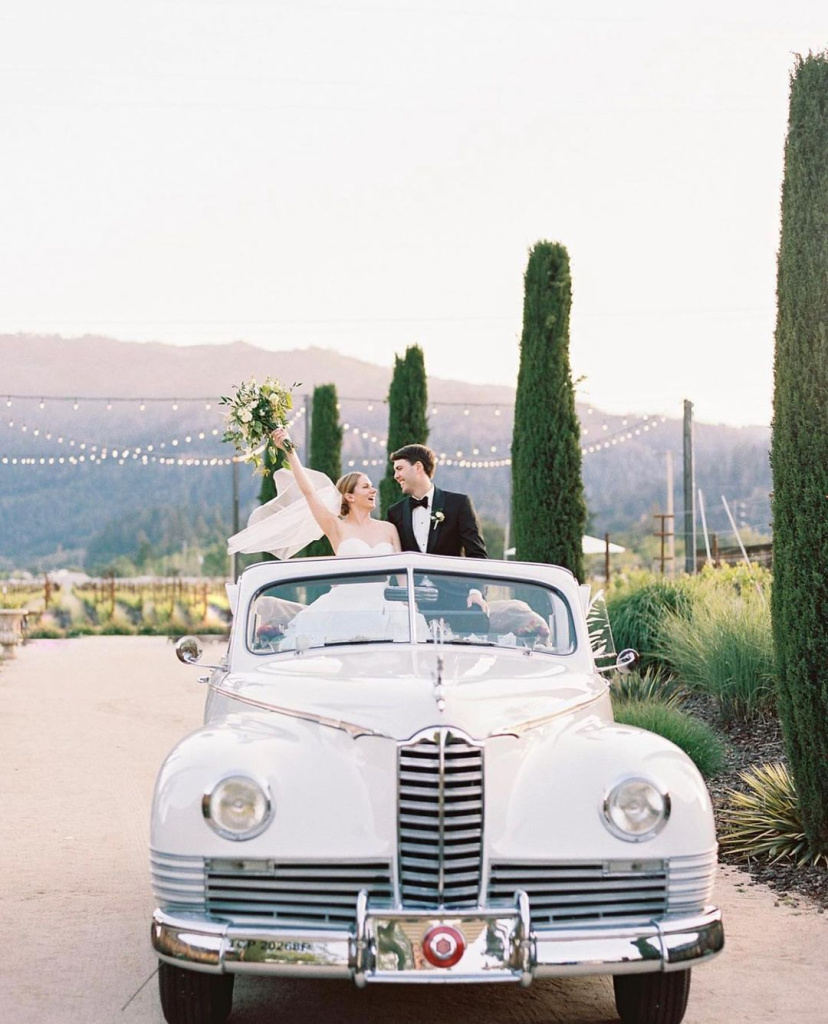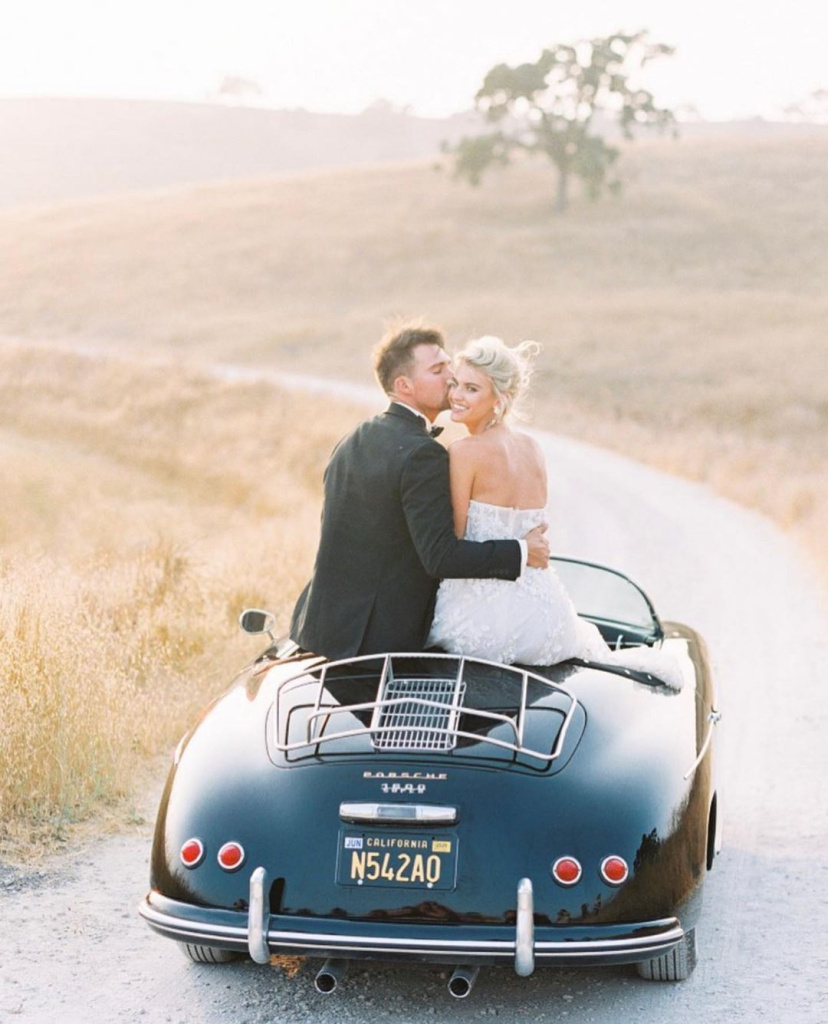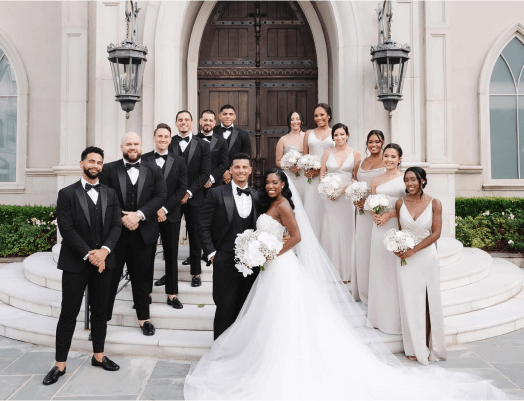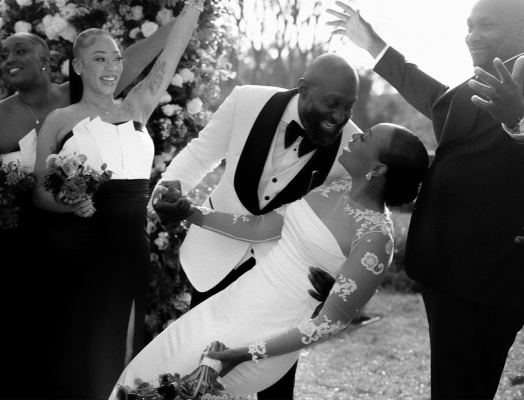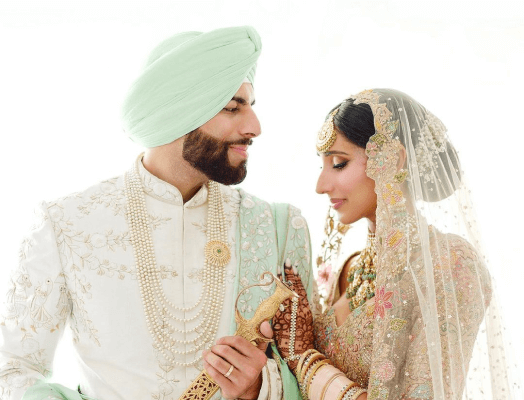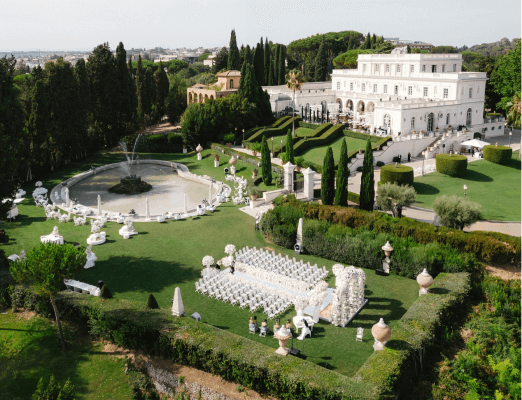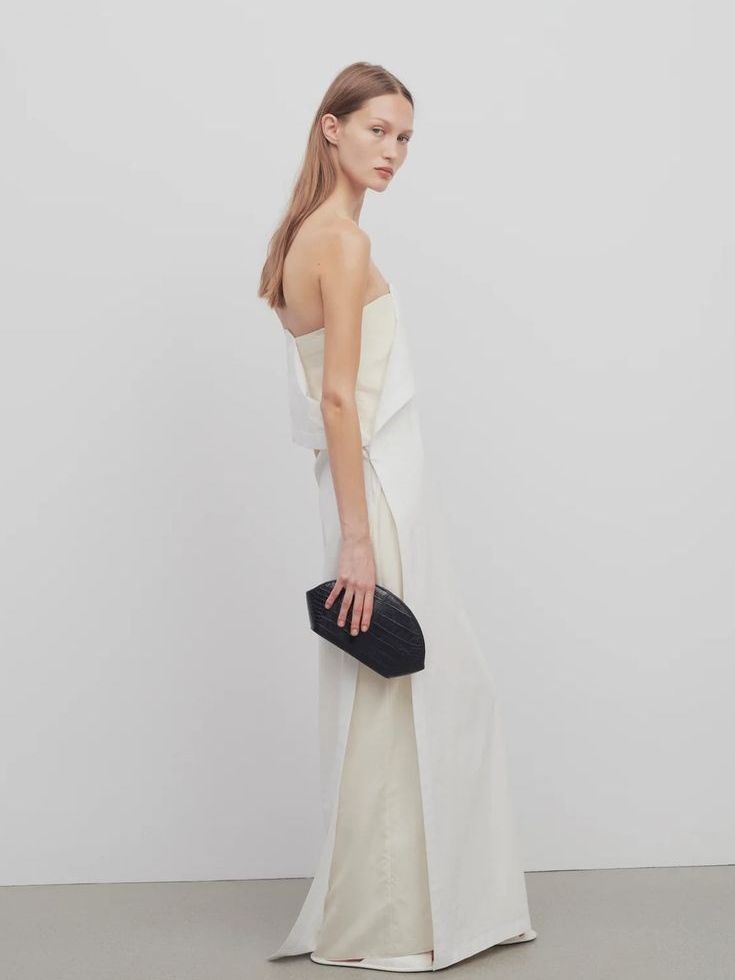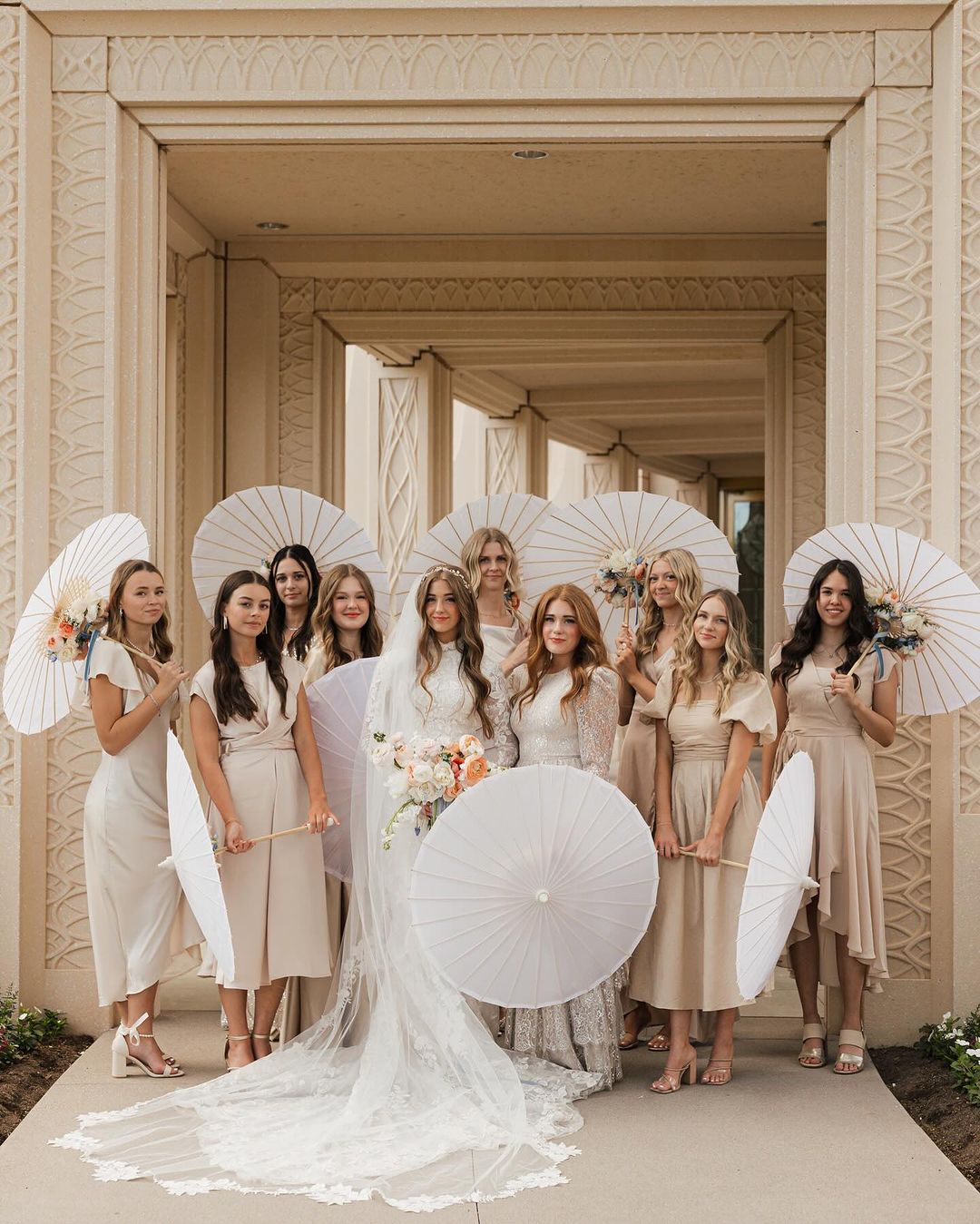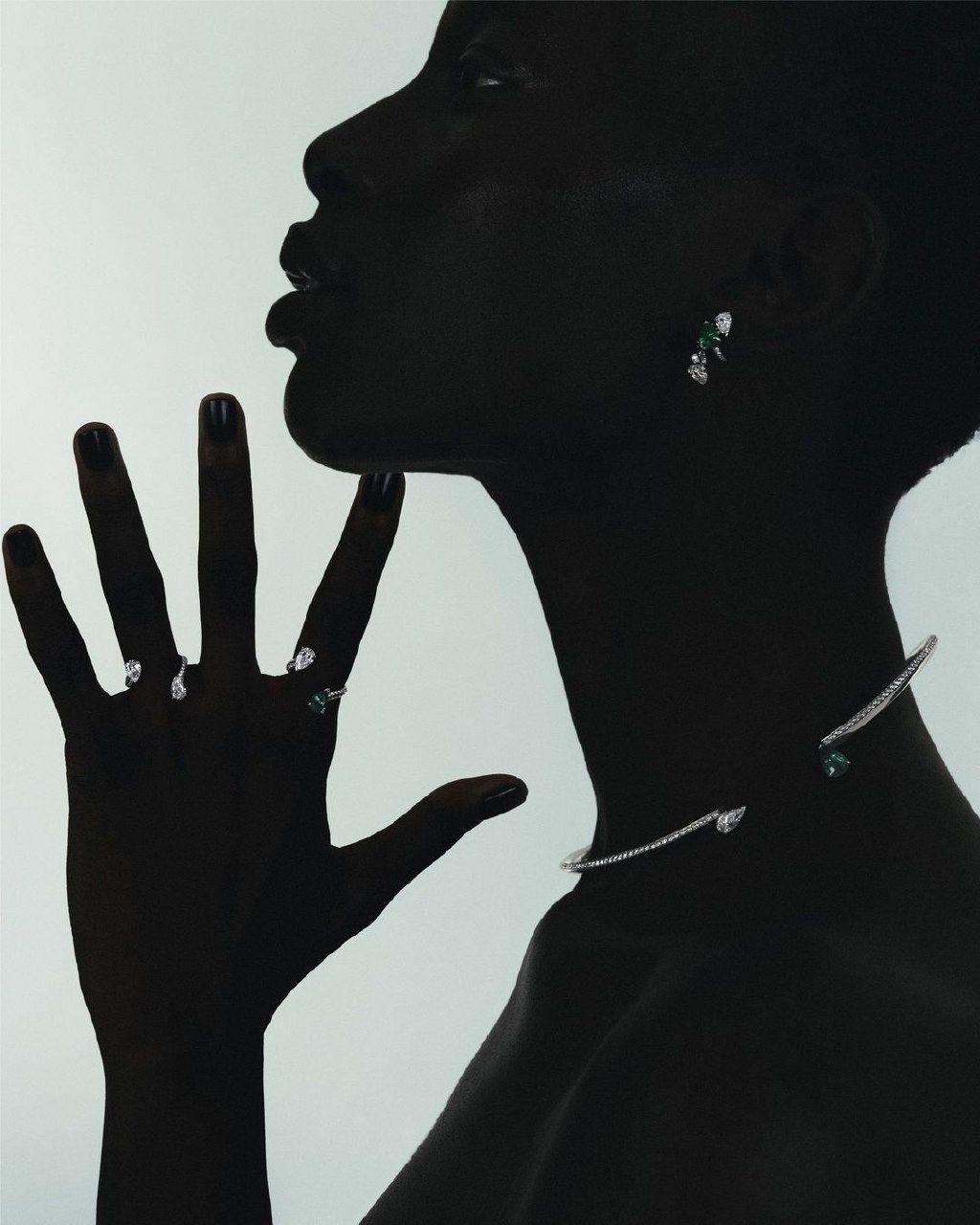A Complete List of Wedding Traditions and Superstitions
- Author: Natali Grace Levine
- Reading time: 14 min 45 sec
- Publication date: 08/20/2024
- Updated: 08/15/2025
Hey there! Are you gearing up for your big day or just fascinated by the quirky customs that come with weddings? Well, you’re in for a treat! Today, we're diving deep into the enchanting world of wedding traditions and superstitions. Whether you're looking to honor your heritage, add a little extra luck to your nuptials, or simply want a fun read, understanding these customs can make your wedding experience even more memorable.
From why brides toss their bouquet to the reason behind carrying a bride over the threshold, these traditions are steeped in history and sprinkled with a bit of magical thinking. Some may sound utterly bizarre, while others might be familiar, but all of them enrich the tapestry of wedding lore. Let's explore the origins, peculiarities, and modern twists of 60 captivating wedding superstitions!
Find Your Perfect Wedding Vendors
The Psychology of Wedding Day Superstitions: Why Do We Believe?
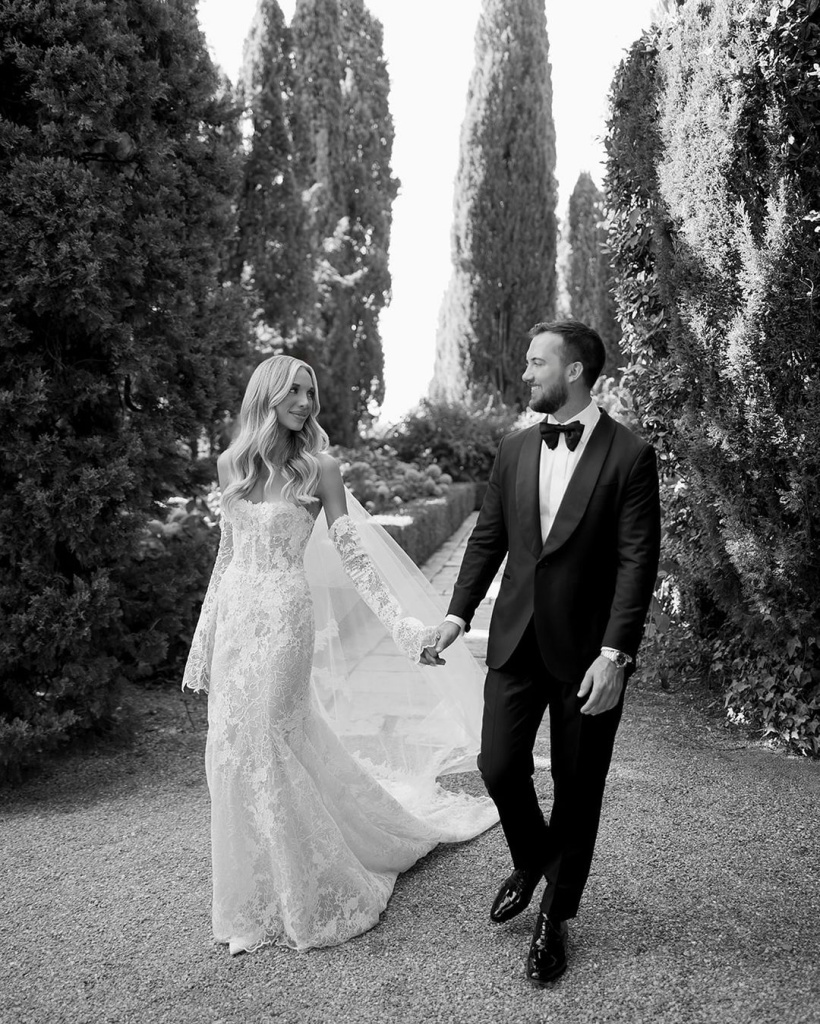
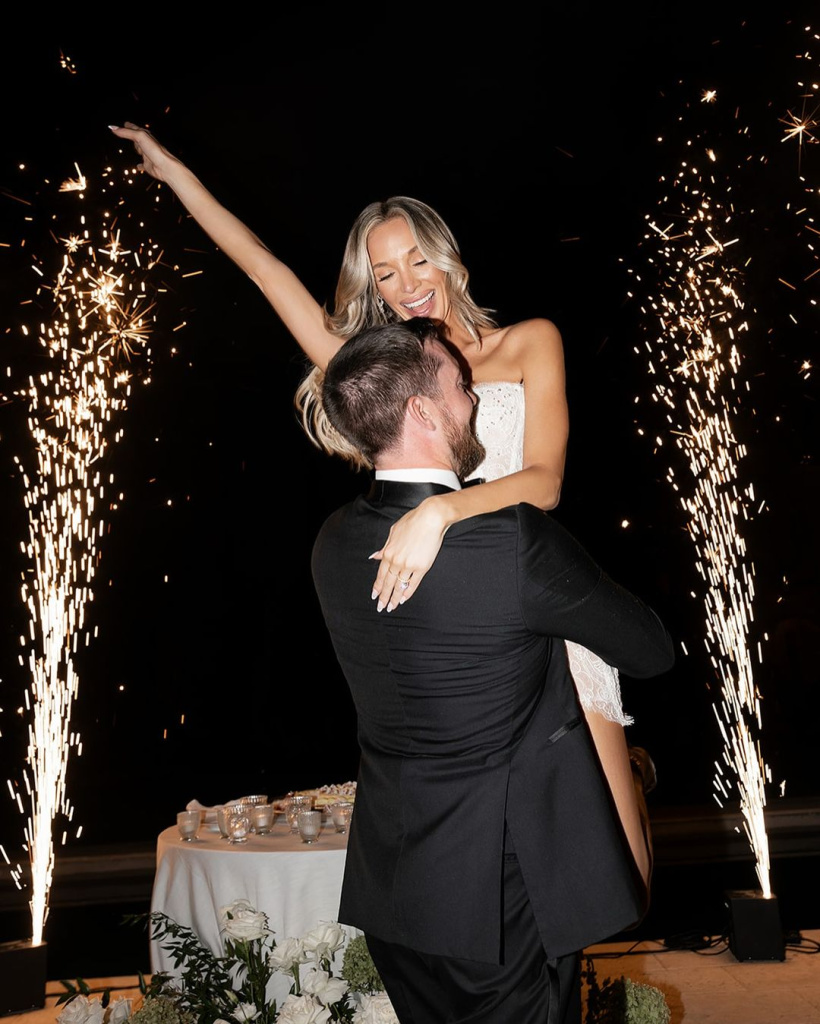
Ever wondered why, despite living in a technology-driven world, we cling to wedding superstitions that seem outdated or irrational? It turns out, the answer is woven into the very fabric of human psychology and our social heritage. Understanding why people hold on to these beliefs provides insight into human nature and our collective cultural psyche.
The Comfort of Tradition and Ritual
Humans are creatures of habit, and traditions serve as anchors that provide a sense of stability and continuity. Wedding superstitions and traditions are particularly potent because they are tied to one of the most significant and personal milestones in human life. They connect us to our ancestors, creating a lineage of shared experiences and rituals that offer comfort in their familiarity. Participating in the same rituals as our forebears can make us feel part of a larger narrative, providing a sense of belonging and continuity.
Coping with Anxiety through Control
Weddings are significant life events accompanied by high expectations and, oftentimes, high stress levels. Superstitions can emerge as psychological coping mechanisms that provide an illusion of control in the face of uncertainty. By adhering to specific rituals believed to bring good luck or avoid bad luck, individuals feel they can influence the outcome of the wedding and their future life together, thus reducing anxiety about the unknown.
Community and Social Bonding
Wedding traditions and superstitions often require the involvement of friends, family, and the broader community, which can strengthen social bonds and foster a sense of support and unity. This communal participation not only makes the event more joyous and inclusive but also reinforces social cohesion and interdependence. For many, these customs ensure that a wedding is not just a union of two individuals but a communal celebration and affirmation of social bonds.
The Role of Magical Thinking
Magical thinking, the belief that one's thoughts, words, or actions can influence the course of events in the material world, plays a crucial role in wedding superstitions. This type of thinking is not confined to any single culture or educational background; it is a universal psychological phenomenon that can provide psychological reassurance. Even the most skeptical individuals might find themselves knocking on wood or crossing their fingers—demonstrating that these impulses are deeply ingrained in human nature.
Identity and Personalization
In contemporary society, where personal identity is paramount, couples often personalize superstitions and traditions to reflect their unique values and personalities. This customization makes traditions more meaningful to the couple, blending ancient customs with modern sensibilities. It allows couples to express who they are and what they believe in, making their wedding truly their own.
Essential Wedding Customs and Their Meanings
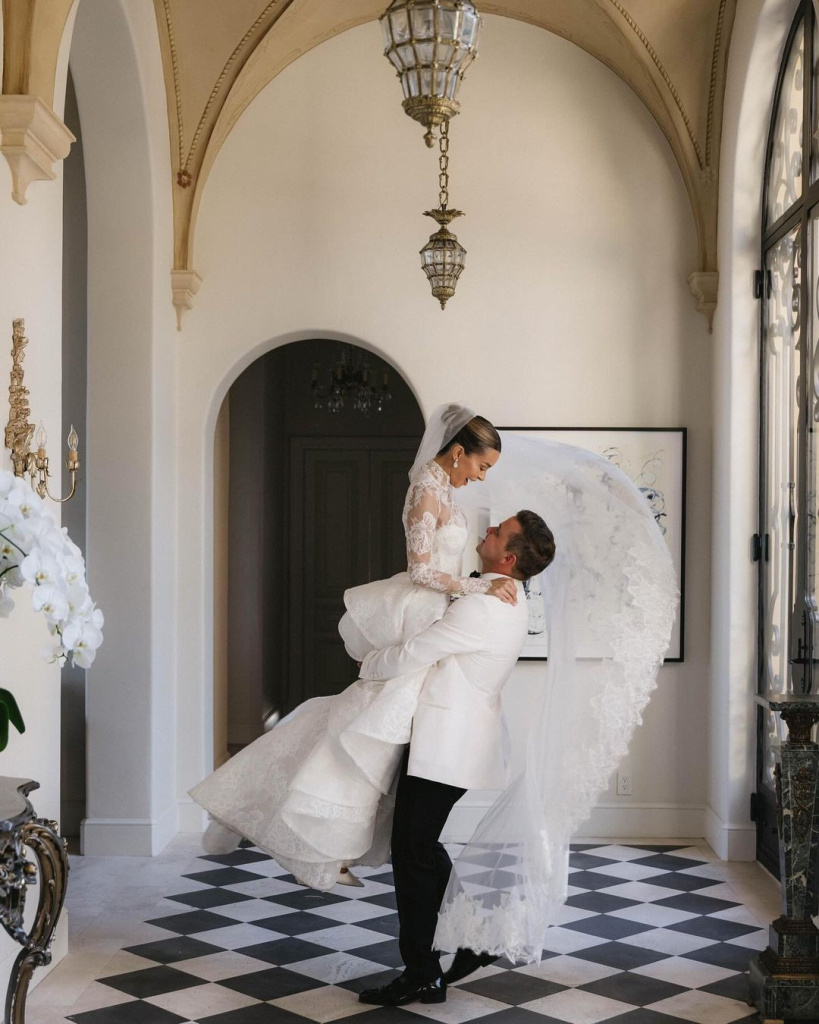
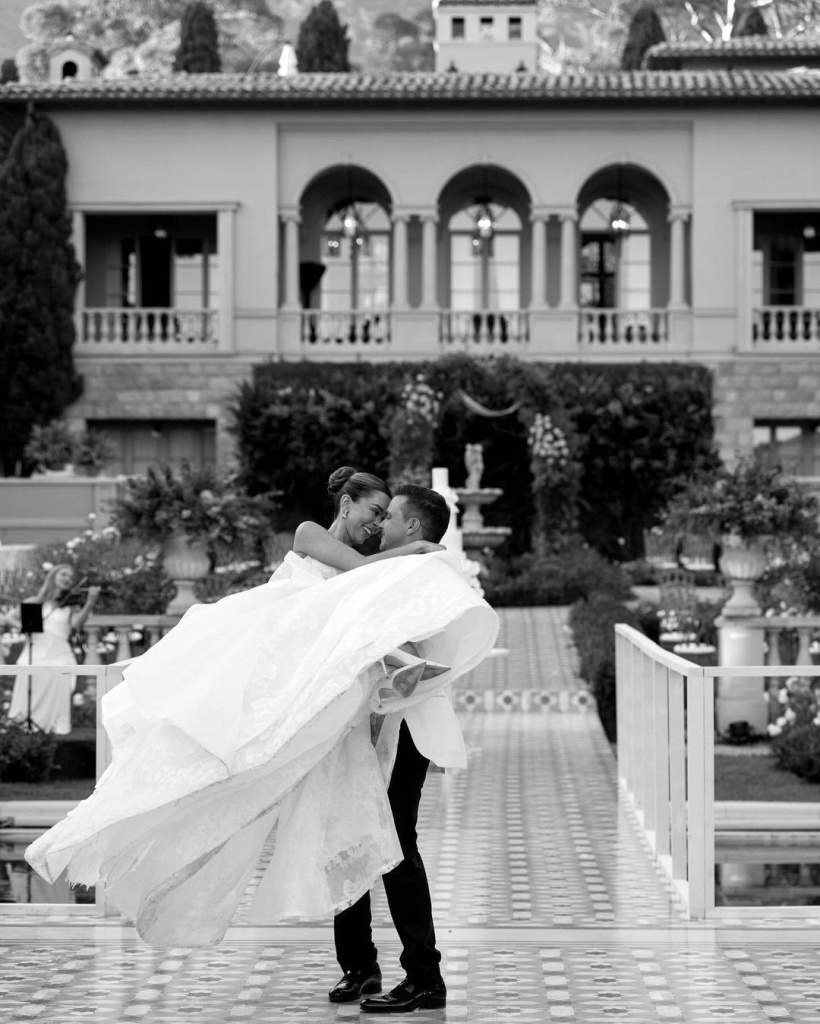
Understanding these superstitions offers a window into the cultural heartbeats of societies, illustrating how traditions can shape, define, and add a layer of enchantment to the union of two souls. Let's embark on this intriguing journey to decode the symbols and rituals that make wedding days uniquely memorable.
The White Wedding Dress
The tradition of wearing a white wedding dress was popularized by Queen Victoria in the 19th century, symbolizing purity and innocence. While originally a symbol of wealth and extravagance—since a white dress was difficult to clean and thus could not be worn often—today it represents a fresh start. Modern brides might opt for different shades like blush, blue, or even black to express their personality and style.
Carrying the Bride Over the Threshold
This superstition has roots in Ancient Rome, where it was believed that carrying the bride over the threshold would protect her from evil spirits lurking below. Today, it’s often seen as a fun, romantic gesture that symbolizes the newlyweds entering their new life together. Some couples even add a modern twist by having both partners carry each other over the threshold!
Tossing Rice at the Newlyweds
Originally, guests threw grains like rice or wheat at the newlyweds to wish them a fruitful union, symbolizing prosperity and fertility. Modern concerns about safety and wildlife have led couples to switch to more environmentally friendly options like biodegradable confetti, flower petals, or even blowing bubbles!
Wearing a Veil
The bridal veil was historically worn to ward off evil spirits and to symbolize modesty and obedience. In some cultures, it also represented the bride being unveiled to the groom, showing that the marriage was not about physical appearances. Nowadays, veils are a fashion statement more than anything, with many brides choosing styles that complement their dress.
Something Old, Something New, Something Borrowed, Something Blue
This charming rhyme details the four objects a bride should carry to invite good fortune: 'something old' connects her to the past and her family, 'something new' symbolizes hope for the future, 'something borrowed' should come from a happily married couple to transfer some of their marital success, and 'something blue' stands for fidelity and love. Modern brides often get creative with how they incorporate these items.
Rain on Your Wedding Day
While most couples pray for sunshine, rain on your wedding day is actually considered good luck in many cultures. It symbolizes fertility and cleansing. Some modern couples embrace the rain, seeing it as a sign of a fresh start and good fortune, and incorporate cute umbrellas and rain boots into their photos.
Cutting the Wedding Cake Together
Historically, the wedding cake was cut by the bride alone to symbolize the loss of her virginity. Now, it's usually cut by the couple together as a first act of shared responsibility. The modern twist? Some couples opt for unconventional desserts like cupcakes, pie stations, or even cheese wheels!
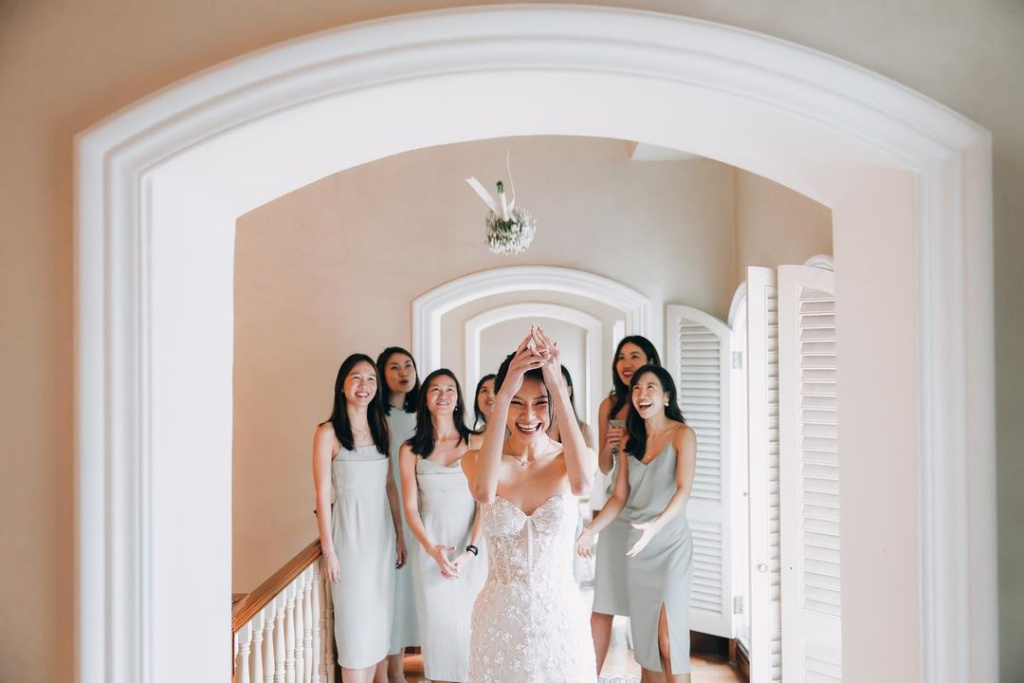
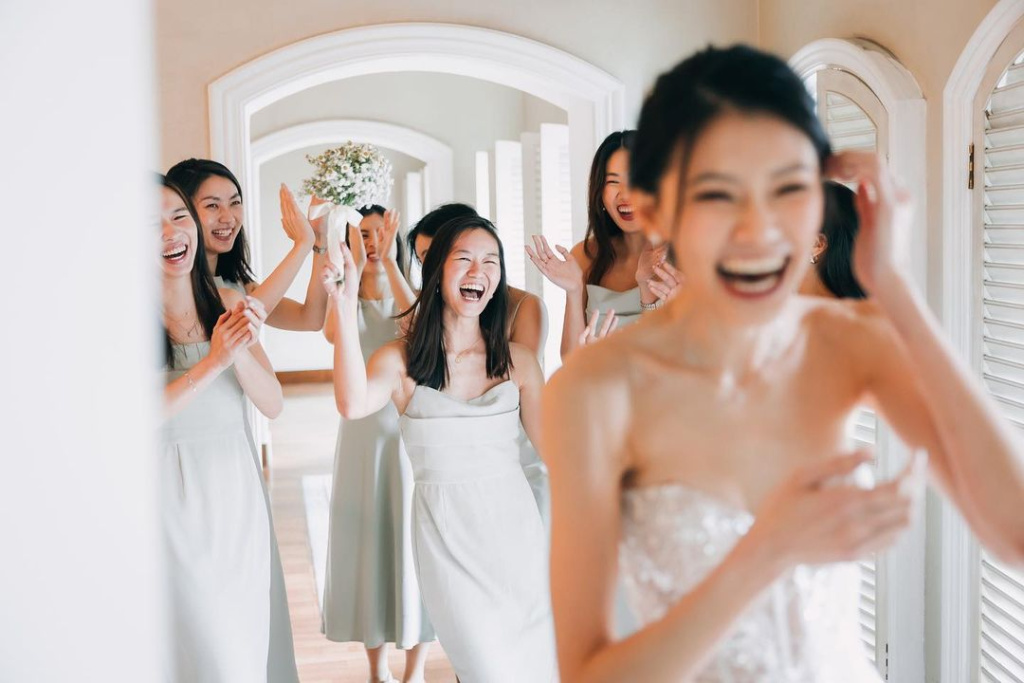
The Bouquet Toss
Throwing the bouquet is thought to originate from England, where women would try to rip pieces of the bride’s dress and flowers to obtain some of her good fortune. Nowadays, the bouquet toss is a playful tradition, with the catcher supposedly being the next in line to marry. In modern weddings, some brides choose to present the bouquet to a special friend or family member instead of tossing it.
Wearing Pearls on Your Wedding Day
Pearls have been associated with wedding day tears. If a bride wears pearls on her wedding day, it’s said they will take the place of her real tears, thus she will have a happy, tear-free marriage. More contemporarily, pearls are chosen for their classic beauty and elegance, making them a popular choice for wedding jewelry.
The Ring Bearer’s Pillow
The pillow symbolizes the promises of the dreams you have while sleeping, coming true. It used to be that a small boy, symbolizing purity and the future, would carry the rings on a pillow to the altar. Today, anything from elaborate pillows to simple, modern designs or even quirky alternatives like a family pet carrying the rings can be seen.
Not Seeing Each Other Before the Ceremony
This superstition comes from the time of arranged marriages, where it was believed that if the couple saw each other before the ceremony, they might change their minds. Today, many couples choose a "first look" photo shoot before the ceremony as a modern twist, finding it a special moment to calm nerves and connect intimately before the public vows.
Bridesmaids in Matching Dresses
The tradition of bridesmaids wearing matching dresses dates back to Roman times when they dressed similarly to the bride to confuse evil spirits or potential suitors. In modern weddings, while some still opt for matching dresses to create a cohesive look, others allow bridesmaids to choose different styles in the same color palette, reflecting their individual styles and body types.
The Garter Toss
Originating in the Dark Ages, guests would rush at the bride to grab her garters as tokens of good luck. Today, the garter toss is often performed by the groom, who removes and tosses it to unmarried men, mirroring the bouquet toss. Some couples skip this tradition for more modern and less invasive alternatives.
The Honey
Moon The term 'honeymoon' might originate from the Norse word “hjunottsmanathr,” meaning the stealing of the bride. The newlywed couple would go into hiding after the wedding, and a family member would bring them a cup of honey wine for each of the first thirty days. Now, honeymoons are a chance for the couple to spend quality time together and relax after the festivities.
Locks on the Honeymoon Suitcase
In some cultures, locking the honeymoon suitcase was believed to secure a prosperous and fertile marriage. Today, while security remains a practical concern, the locks symbolize the couple's commitment to safeguarding their love and shared future.
No Knives as Wedding Gifts
Giving knives as wedding gifts was considered bad luck, as it was thought to sever the relationship. However, if the bride and groom receive knives as a gift, they can avoid bad luck by giving a coin in return, 'buying' the knives and keeping the relationship intact. Modern couples often list knives as desired gifts on wedding registries, considering them practical kitchen essentials.
A Spider on Your Wedding Dress
Seeing a spider on your wedding dress might sound like a nightmare, but in English folklore, it's considered good luck, symbolizing prosperity and well-being.
Crossing a Monk or a Nun
In some cultures, encountering a monk or a nun on your wedding day was considered bad luck because they symbolize poverty and chastity, which could influence the marriage.
Sleeping with a Piece of Wedding Cake
Traditionally, unmarried guests would place a piece of wedding cake under their pillow to dream of their future spouse. While the practice isn't as common today, some still partake for fun, hoping to catch a glimpse of their future love in dreams.
The Bridal Procession on the Left
The bride stands to the left of the groom during the ceremony so that his right hand is free to fight off other suitors. This practice is less relevant today but remains a traditional placement for bride and groom at the altar.
Sage and Lavender in Your Bouquet
Including sage and lavender in the wedding bouquet was believed to ward off evil spirits and ensure a wise and calm union. Today, these herbs are chosen for their fragrance and beauty, often included in bouquets for their rustic charm and calming properties.
Burying the Bourbon
In the Southern United States, it's a tradition to bury a bottle of bourbon at the wedding site one month before the wedding to ward off rain on the big day. The bottle should be buried upside down and dug up post-ceremony for a celebratory toast. This fun ritual has gained popularity, often serving as a memorable moment for the couple and their guests.
The Wedding Ring’s Fourth Finger
Ancient Romans believed that the vein in the fourth finger of the left hand ran directly to the heart. Thus, wearing the wedding ring on that finger would keep it closest to the heart. This romantic idea persists today, though we now know all fingers have a similar vein structure.
Two Months’ Salary on a Ring
This 'rule' was actually created by a diamond company to boost sales. The idea that one should spend two months' salary on an engagement ring has evolved, with couples now choosing rings that fit their budgets and preferences without adhering to this outdated standard.
Renewing Your Vows
Renewing vows can be a way to commemorate a milestone wedding anniversary and reaffirm commitment to one another. Originally a practice observed by couples who had been married in times of war or other crises without the ability to have a proper wedding, it's now a celebration for any couple looking to celebrate their love in the presence of family and friends.
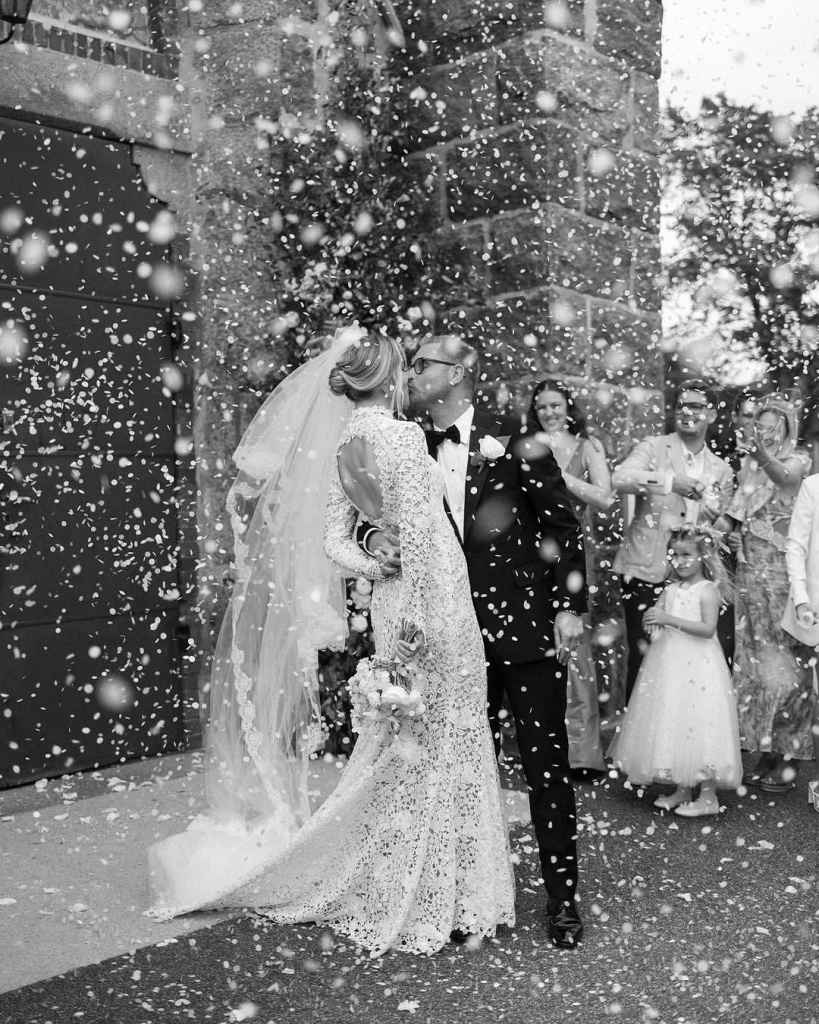
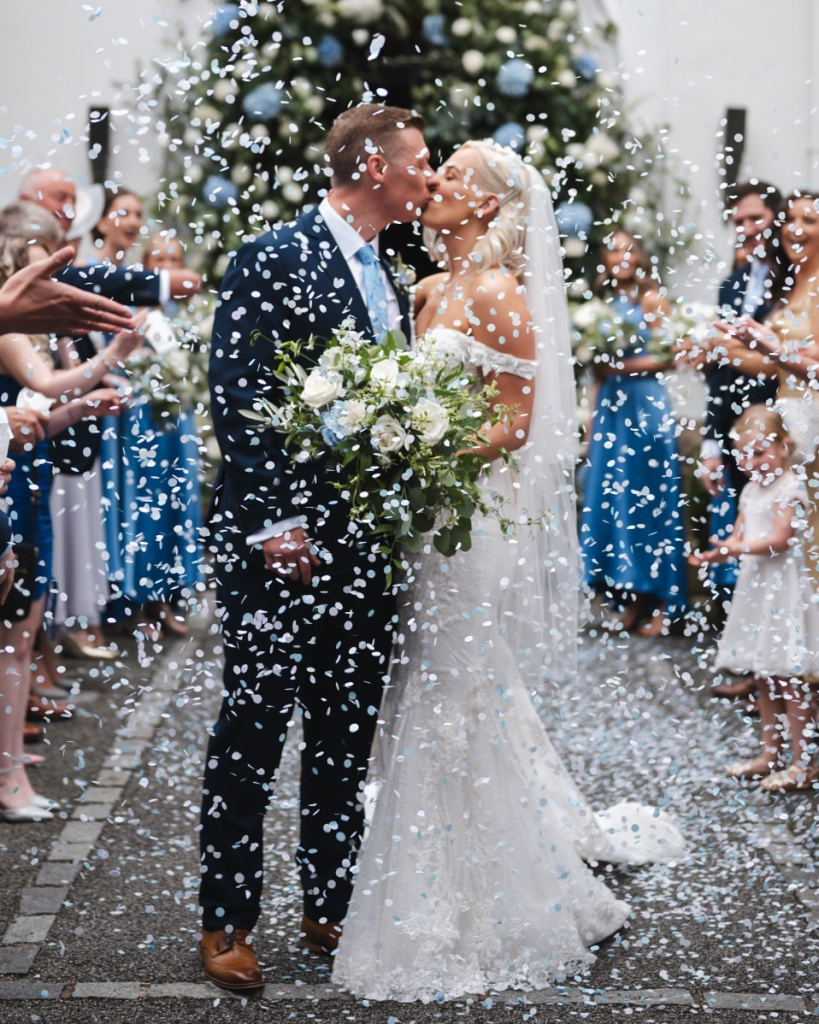
Throwing Confetti
Throwing confetti originated from the Italian Renaissance where revelers tossed sweets and grains at carnivals for good luck. At weddings, this evolved into guests throwing rice, a symbol of fertility. Today, many choose biodegradable confetti or natural alternatives like flower petals to celebrate the newlyweds while being eco-friendly.
The Stag Night
The tradition of the stag night, or bachelor party, dates back to ancient Sparta where soldiers would toast each other on the eve of a friend’s wedding to celebrate his last night as a single man. Modern stag nights can range from a night out with friends to weekend getaways, focusing on bonding and celebrating the groom's new chapter in life.
The Bridal Shower
Originating in the 1890s, the bridal shower was meant to help the bride gather household items and goods she would need for her new home. Today, bridal showers are a way for friends and family to provide gifts that suit the couple’s needs and interests, often including a fun theme or party games.
Wedding Bells
Wedding bells were rung after a ceremony to ward off evil spirits and ensure a harmonious family life. Today, the sound of bells at a wedding can symbolize celebration and joy, ringing in a new chapter for the couple.
The First Dance
Derived from the 17th-century European royal courts, the first dance was performed by the guest of honor, who was usually a member of the royalty or upper class. Today, the first dance is a moment for the couple to showcase their love and partnership, often prepared and choreographed to a meaningful song.
Marrying in June
June weddings are popular due to the Roman goddess Juno, who was the protector of women in all aspects of life but especially in marriage and childbearing. A June wedding was considered most auspicious, symbolizing a blessed union. Today, June continues to be a favorite wedding month, though couples marry all year round for various reasons.
The Best Man
Historically, the best man was chosen for his strength and loyalty, tasked with helping the groom fight anyone who tried to steal the bride or disrupt the wedding day. Nowadays, the best man is the groom's support, handling important tasks and contributing to the day's success.
Jumping the Broom
This tradition has roots in several cultures but is most notably part of African American history, where slaves, forbidden to marry, would jump over a broom as a public declaration of their union. Today, it can be a symbolic gesture of sweeping away the old and welcoming the new, or it's included as a homage to ancestral heritage.
The Wedding March
Felix Mendelssohn’s "Wedding March," used in many Western weddings, was popularized by Queen Victoria’s daughter, Victoria, who chose it for her wedding. Though it was considered bold and controversial at the time, today it's a traditional choice for the bride's entrance.
Wearing Green at an Irish Wedding
In Ireland, wearing green at a wedding is considered a wedding good luck tradition, reflecting the lush landscapes and Irish folklore that green is the color of growth and harmony. However, some believe it can invite faerie mischief. Modern brides might incorporate green in their decor or attire as a nod to their Irish heritage.
The Dollar Dance
In some cultures, guests pin money onto the bride's dress or donate to dance with her. This practice, known as the Dollar Dance, helps the couple financially as they start their new life together. While it's a tradition in many parts of Eastern Europe and the Philippines, others choose to include it as a fun, interactive part of the reception.
The Bridal Chorus
Wagner's "Bridal Chorus" from the opera Lohengrin is commonly known as "Here Comes the Bride" and was once the standard for walking down the aisle. Today, while some still embrace this traditional tune, others opt for different music that better suits their personal style or love story.
The Unity Candle
The Unity Candle ceremony involves the bride and groom each taking a candle and simultaneously lighting a third larger candle to symbolize their union and the merging of their families. The tradition is relatively modern and reflects a visual commitment to each other.
No Pearls on the Wedding Day
Another look on pearls. In some cultures, wearing pearls on the wedding day is thought to bring tears to the marriage due to their teardrop shape.
The Seating Arrangement
Historically, seating arrangements at weddings were strictly dictated to ensure social order and proper etiquette. Today, seating is often planned to enhance guest interaction and celebration, with couples sometimes opting for more open and flexible seating styles to encourage a more relaxed atmosphere.
No Red in Chinese Weddings
In traditional Chinese culture, red is considered extremely auspicious, symbolizing luck, joy, and prosperity. Contrary to some beliefs that it could bring bad luck, red is actually the preferred color for brides in China, often seen in their wedding dresses and the decor, celebrating vibrant life and happiness.
The Cake Pull
In places like New Orleans, the cake pull is a charming tradition where charms with special meanings are placed between layers of the wedding cake. Each bridesmaid pulls a ribbon attached to a charm, revealing her fortune, such as upcoming marriage or prosperity.
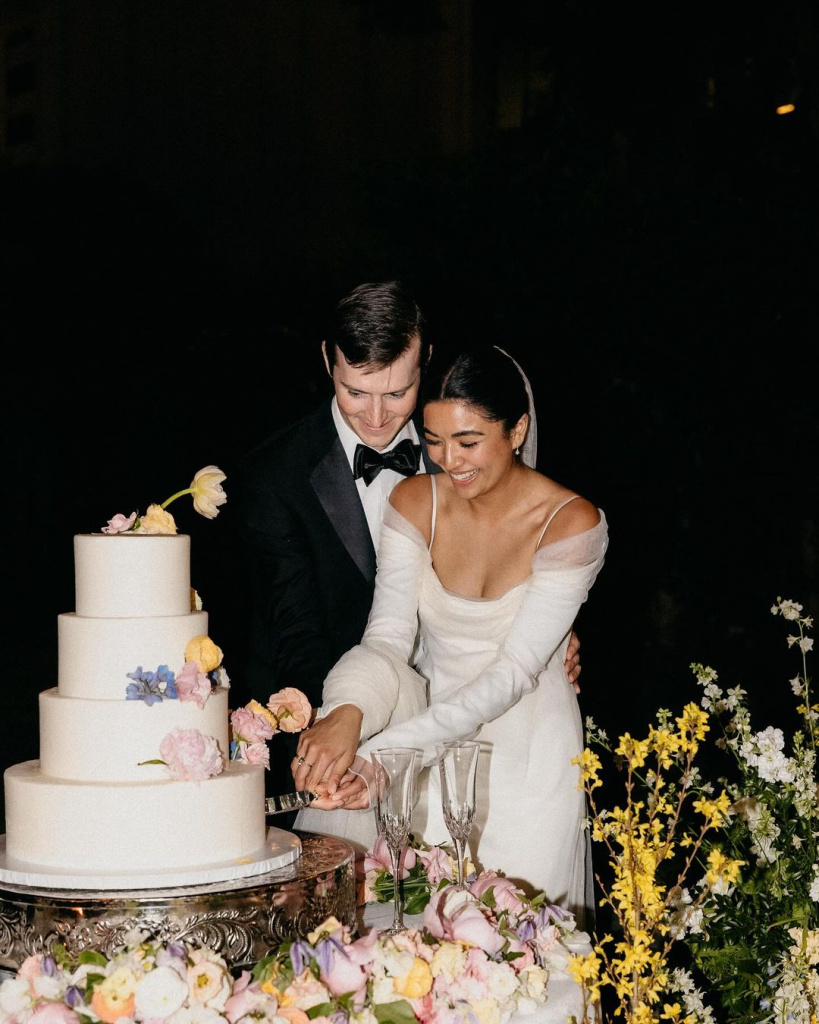
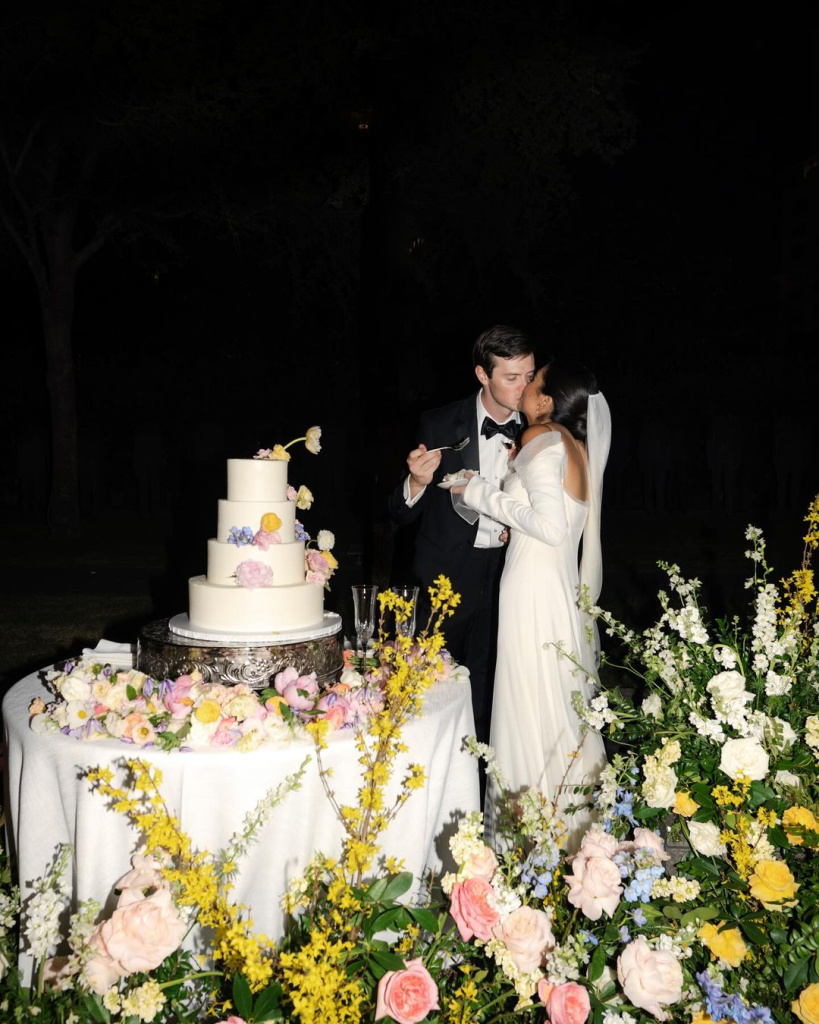
Saving the Top Tier of the Wedding Cake
It was traditional to save the top tier of the wedding cake to consume at the first child’s christening, which was typically soon after the wedding.
The Warmed Coins
In Filipino weddings, it’s common to include a ritual where coins are warmed in the hands of the bride and groom to symbolize wealth and prosperity. This ritual underscores the couple's commitment to jointly building a financially secure future.
The Handfasting Ceremony
Originating from ancient Celtic tradition, handfasting is the symbolic act of tying the hands of the bride and groom together to represent their binding together in marriage. Today, it's often incorporated into weddings for its symbolism of commitment and unity.
Avoiding the Marriage Lines
In some cultures, it's considered bad luck for the bride to step on any marriage lines in the pavement outside the church as it could lead to a rocky marriage.
The Protective Umbrella
In some Asian cultures, a red umbrella is used to cover the bride or the couple as they arrive at their wedding to ward off evil spirits. The umbrella symbolizes shelter and protection for the couple's future together.
The Lavish Rehearsal Dinner
Originally a pre-wedding practice to ensure that everything would run smoothly, the rehearsal dinner has become an opportunity for both families to bond and celebrate before the official ceremony. It’s often as lavish or as casual as the couple wishes, tailored to their unique style and preference.
The Silent Vows
In some parts of the world, particularly among the Quakers, couples would exchange vows silently in front of their community as a sign of their innermost commitment.
The Rose Ceremony
A relatively modern tradition, the rose ceremony involves the bride and groom exchanging roses as their first gifts to each other. This can symbolize their mutual love and the beauty they see in each other, often integrated into the ceremony as a personal touch.
No Shoes for the Bride
In some Indian weddings, the bride might go barefoot to show humility and connection to the earth. This practice emphasizes the sanctity of the wedding vows and the grounding of the bride in her new journey.
The Wedding Lasso
In Mexican, Filipino, and Spanish culture, a lasso, often made of rosary beads or silk cord, is draped in a figure eight around the couple’s shoulders during the ceremony. This symbolizes their binding together for life and is a significant ritual reflecting dedication.
The Breaking of the Glass
In Jewish weddings, the groom breaks a glass underfoot to remember the destruction of the Temple in Jerusalem, a reminder that even in times of joy, we recognize life's fragility and hardships. This powerful moment is marked by shouts of "Mazel Tov!" celebrating the commitment to stand by each other, in all times.
The Butterfly Release
Releasing butterflies at the end of the wedding ceremony is a visual and symbolic way to represent new beginnings and the joy of married life. Although beautiful, it's crucial to consider the ecological impact, and some opt for eco-friendlier alternatives like blowing bubbles or planting trees.
The Colorful Bridal Party
In traditional Nordic weddings, it’s common for the bridal party to wear colorful dresses, reflecting the vibrant Scandinavian culture and the joy of the occasion. Today, while some opt for this colorful tradition, others prefer a more uniform look to harmonize with the wedding’s theme.
The Oathing Stone
In Scottish tradition, the oathing stone is held by the couple while they recite their vows, believed to anchor them in their commitment. While ancient in origin, it’s seen in modern weddings among those who appreciate this deep-rooted symbol of fidelity and earnestness.
The Favors of Five Almonds
Given as favors at Mediterranean and Middle Eastern weddings, five almonds signify health, wealth, happiness, fertility, and longevity. This tradition is a sweet gesture that imparts good wishes to guests and reflects the couple's hopes for their future.
The Double Happiness Symbol
In Chinese weddings, the Double Happiness symbol is ubiquitous, representing the union of two equal and harmonious halves. It's often seen on invitations, decorations, and even the cake, celebrating the joyous union.
Leaving the Wedding in a Special Car
Traditionally, leaving the wedding in a decorated car symbolized the couple's journey into a new life together. Today, this can vary from vintage cars to horse-drawn carriages or even motorcycles, each adding a personal touch to the grand exit, symbolizing the adventure that lies ahead.
